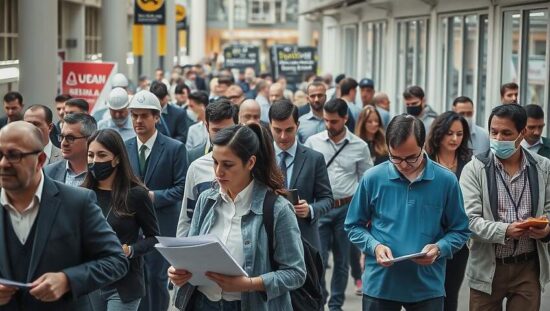Recent analysis from the Federal Institute for Population Research (BiB) indicates that average weekly working hours per capita in Germany have reached their highest level since reunification, approaching 29 hours. This increase is primarily driven by a significant rise in the working hours of women over the past 15 years.
In 1991, women averaged roughly 19 weekly working hours, a figure that climbed to over 24 hours in 2022. According to BiB’s Harun Sulak, this surge is attributable to increased female participation in the workforce. While part-time employment remains prevalent, a substantial increase in the proportion of employed women has more than compensated for this trend.
Over the last three decades, the proportion of employed women has risen by nearly one-third. However, further potential remains, as the ideal working hours desired by women – and particularly mothers – still exceeds currently realized hours. BiB Director Katharina Spieß highlights the importance of family-friendly policies, such as expanding childcare provisions, to better enable both women and men to balance work and family life.
In contrast to the trends observed among women, male working hours have remained relatively stable since 1991. Following the economic challenges of reunification and subsequent business closures, particularly in eastern Germany, average weekly working hours initially decreased, reaching their lowest point in the mid-2000s.
Since then, a recovery has been observed, briefly interrupted by the COVID-19 pandemic. BiB Research Director Sebastian Klüsener notes that while men are now more frequently employed than in 1991, especially in older age groups, they are working an average of 2.6 fewer hours per week. Consequently, these factors largely offset each other, leaving male working hours per capita approximately at the same level as 30 years ago.
Overall, the data indicates a positive trend, with the rise in average working hours driven by increased female labor force participation. The gap between the sexes has narrowed considerably-in 1991, women worked an average of 14 hours less than men, a difference that has now reduced to just over nine hours. Klüsener emphasizes this development isn’t solely an economic indicator, but also reflects broader societal changes.
The analysis calculates weekly working hours per capita for the entire population aged 20-64, encompassing individuals regardless of their employment status.





